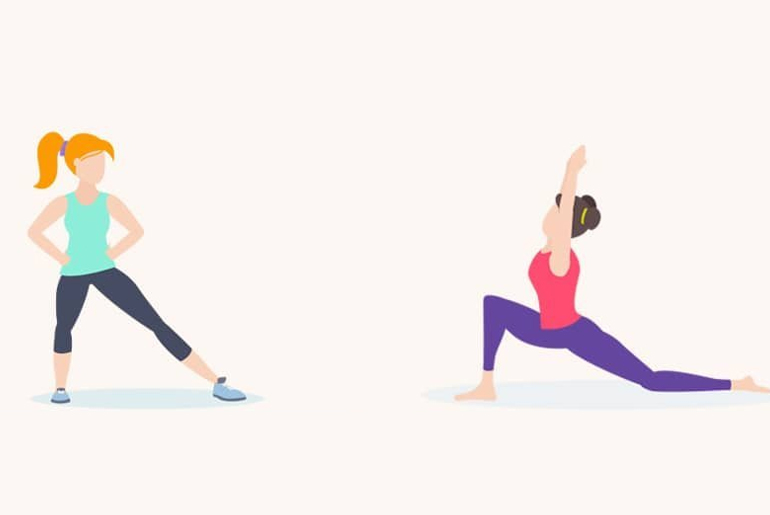Stretching can be beneficial both before and after exercise, but the timing and type of stretching matter. David Behm, a researcher in human kinetics, advises that dynamic stretching (like leg swings or arm circles) is effective before exercise as it warms up the muscles and increases blood flow, enhancing performance and reducing injury risk. Conversely, static stretching (such as reaching for your toes) is best done after exercise when muscles are warm and more pliable, helping to improve flexibility and aid recovery. Both types of stretching play a role in overall fitness, but the key is to use them appropriately to maximize benefits and minimize injury.
Stretching is a widely debated topic when it comes to its effectiveness and timing relative to exercise. David Behm, a researcher in human kinetics, provides insights into how stretching should be approached for optimal benefits. According to Behm, the type of stretching—dynamic or static—and its timing relative to exercise play crucial roles in maximizing benefits and minimizing the risk of injury.
Dynamic Stretching Before Exercise:
Behm emphasizes that dynamic stretching, such as leg swings or arm circles, is most beneficial before exercising. This type of stretching involves moving parts of your body through their full range of motion and helps to warm up the muscles, increase blood flow, and improve performance. By engaging in dynamic stretching before exercise, you prepare your body for the physical activity ahead, which can help reduce the risk of injuries.
Static Stretching After Exercise:
In contrast, static stretching, which involves holding a stretch for a period (e.g., reaching for your toes), is more effective when performed after exercise. This is because static stretching is best suited for improving flexibility when the muscles are warm and more pliable. After exercise, static stretching helps to elongate the muscles, aiding in recovery and reducing muscle stiffness.
Stretching and Range of Motion:
The necessity of stretching before exercise is not always clear-cut. Behm points out that while increasing range of motion and flexibility can be beneficial for preventing injuries and promoting health, traditional stretching is not always required to achieve these goals. For example, resistance training—such as performing chest presses with barbells, dumbbells, or machines—can also enhance range of motion in specific muscle groups. For most people, engaging in a proper warm-up or gradual increase in activity is sufficient.
Targeted Stretching for Sports:
Behm notes that for athletes involved in sports requiring explosive movements or agility, static stretching before exercise can be advantageous. This type of stretching helps to prepare muscles and tendons for the intense physical demands of sports activities, potentially reducing the risk of injury. However, for general fitness activities or leisurely exercise, such as a casual run, starting with a slow jog is typically adequate.
Avoiding Overstretching and Pain:
After exercise, light stretching is generally recommended, but it should not be done to the point of pain. Overstretching when muscles are warm can increase the risk of injury. Instead, using foam rollers can be a good alternative for muscle recovery, as they help in enhancing range of motion and reducing muscle tightness without the risks associated with overstretching.
The Confusion Surrounding Stretching:
The confusion around stretching often arises from conflicting research studies. Some studies have shown benefits, while others have found minimal impact, partly due to differing conditions and populations studied. Behm explains that some research might be tailored to elite athletes, which may not apply to the general population. For most people, focusing on a proper warm-up and considering the specific demands of their activity can be more practical than adhering strictly to traditional stretching routines.
In summary, dynamic stretching is effective before exercise to prepare the body, while static stretching is best performed after exercise to improve flexibility and aid recovery. Resistance training can also enhance range of motion without the need for additional stretching. For athletes involved in high-intensity sports, static stretching can be beneficial before activity, but for casual exercisers, a proper warm-up is often sufficient.
Disclaimer:
The information contained in this article is for educational and informational purposes only and is not intended as a health advice. We would ask you to consult a qualified professional or medical expert to gain additional knowledge before you choose to consume any product or perform any exercise.







